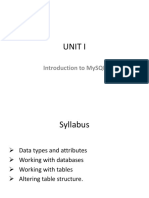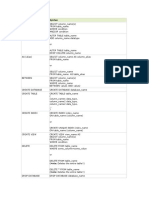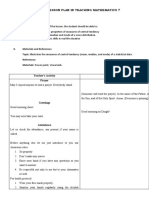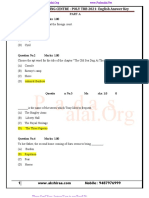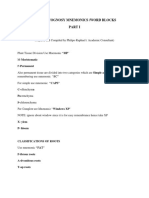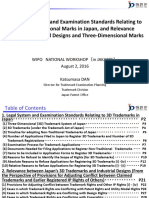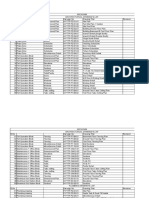0% found this document useful (0 votes)
71 views17 pagesAshokit SQL T Notes-1
The document provides an overview of Oracle SQL, explaining its purpose for managing data in databases through CRUD operations. It details the concepts of data, databases, and database management systems (DBMS), including relational database management systems (RDBMS) and the rules established by Edger Frank Codd. Additionally, it covers various data types in SQL, including CHAR, VARCHAR, NUMBER, DATE, CLOB, and BLOB, along with examples and syntax for each type.
Uploaded by
aman mishraCopyright
© © All Rights Reserved
We take content rights seriously. If you suspect this is your content, claim it here.
Available Formats
Download as DOCX, PDF, TXT or read online on Scribd
0% found this document useful (0 votes)
71 views17 pagesAshokit SQL T Notes-1
The document provides an overview of Oracle SQL, explaining its purpose for managing data in databases through CRUD operations. It details the concepts of data, databases, and database management systems (DBMS), including relational database management systems (RDBMS) and the rules established by Edger Frank Codd. Additionally, it covers various data types in SQL, including CHAR, VARCHAR, NUMBER, DATE, CLOB, and BLOB, along with examples and syntax for each type.
Uploaded by
aman mishraCopyright
© © All Rights Reserved
We take content rights seriously. If you suspect this is your content, claim it here.
Available Formats
Download as DOCX, PDF, TXT or read online on Scribd
/ 17











































